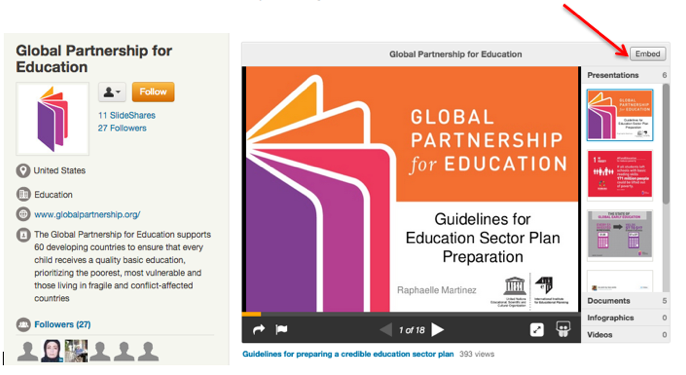For those who are visual learners, content that uses visuals on the web is critical, but it’s not just visual learners that benefit. Even if someone does not identify as a visual learner, they can still appreciate and understand visuals as a way to gather information, especially on the web (whereas the opposite is not necessarily true for visual learners). For this reason, visual content can be overall more beneficial than publishing only big blocks of text for your website. According to a HubSpot article, 86% of buyers expressed some level of desire to access interactive/visual content on demand.
To make a long story short, visual content matters in 2015 for all types and kinds of businesses more now than ever before. There are lots of common ways to make your content more visual that you’ve probably heard before, but there are also some creative ways that are just gaining speed. Learn about a few of these ideas below.
Consider Using Animated Gifs
This was an idea that the HubSpot article mentioned that seems to be growing in popularity. This is essentially a photo that you can add to a blog post that works like a Gif, meaning it moves similarly to a video but only for a few seconds. You can either include a gif instead of a photo, or for example you can use a gif to show visually how data changes over time. Below is an example from Pew Research Center:
http://cdn2.hubspot.net/hubfs/53/00-Blog-Related_Images/pew-research-gif.gif?t=1439834007121
Start Using Slideshare on Your Blog
When many businesses think of Slideshare they think about publishing a PowerPoint presentation on the Slideshare.net website. However, you can just as easily publish a slideshare presentation on your blog. Not only is it a great option if you’re looking for more interaction and engagement with your readers, but it is a visual way to present data. In other words, you don’t necessarily need images to make content more visual. Slideshare is itself a visual comprised of text! Below shows how you can upload a presentation to Slideshare and then click “embed” to include it onto your blog:
Use Anchor Links
This is another point that is a little bit out of the box because it’s not exactly a visual, but it does bring an interactive aspect to your content and it does stand out like an image. In other words, using anchor links can have many of the same benefits and effects as a visual, which makes the content seem more visual overall.
The right kinds of anchor links will allow a user to jump down to different sections of a webpage. It works like a Table of Contents and is usually set off on it’s own much like an image. Wikipedia uses this option very effectively if you need another example, and below is a great example from HubSpot:
Some of the Obvious Options
Of course, there are many obvious ways to make content more visual, infographics probably being the main one. You can also use graphs and charts more often to show how something works or make a point. Social media also offers many different ways to create more visual content which has been a popular move by many small businesses (you can learn more about social media content visuals here). Last but not least, always make sure whatever images you use are high resolution and high quality. It sounds obvious, but this is the backbone to being successful with visual content.
Is there a way that you make your content more visual? Do you know of a unique technique that more businesses should be doing? Let us know in the comment section below.


